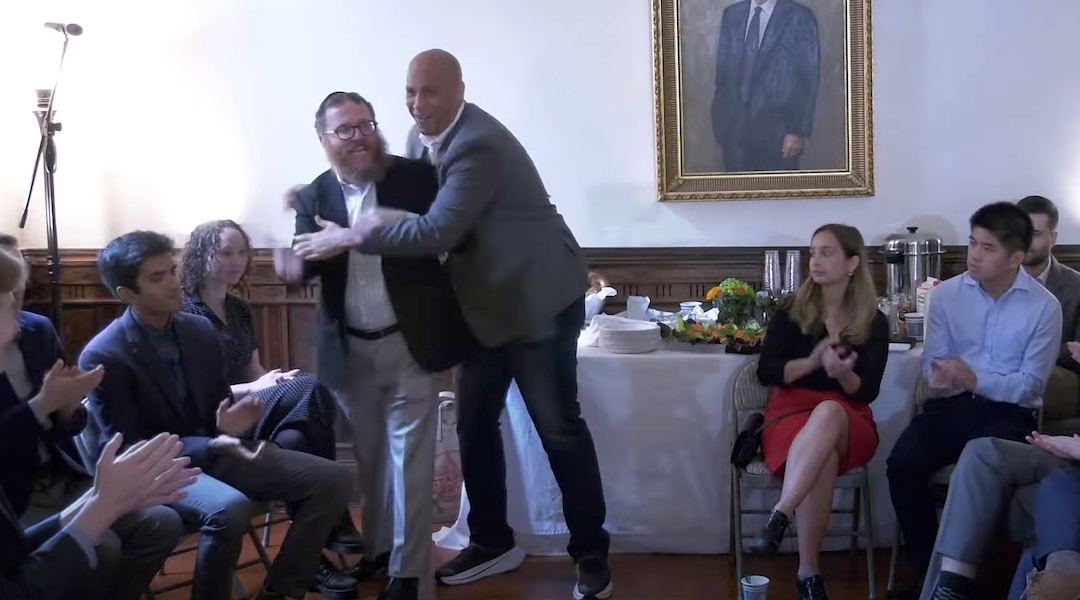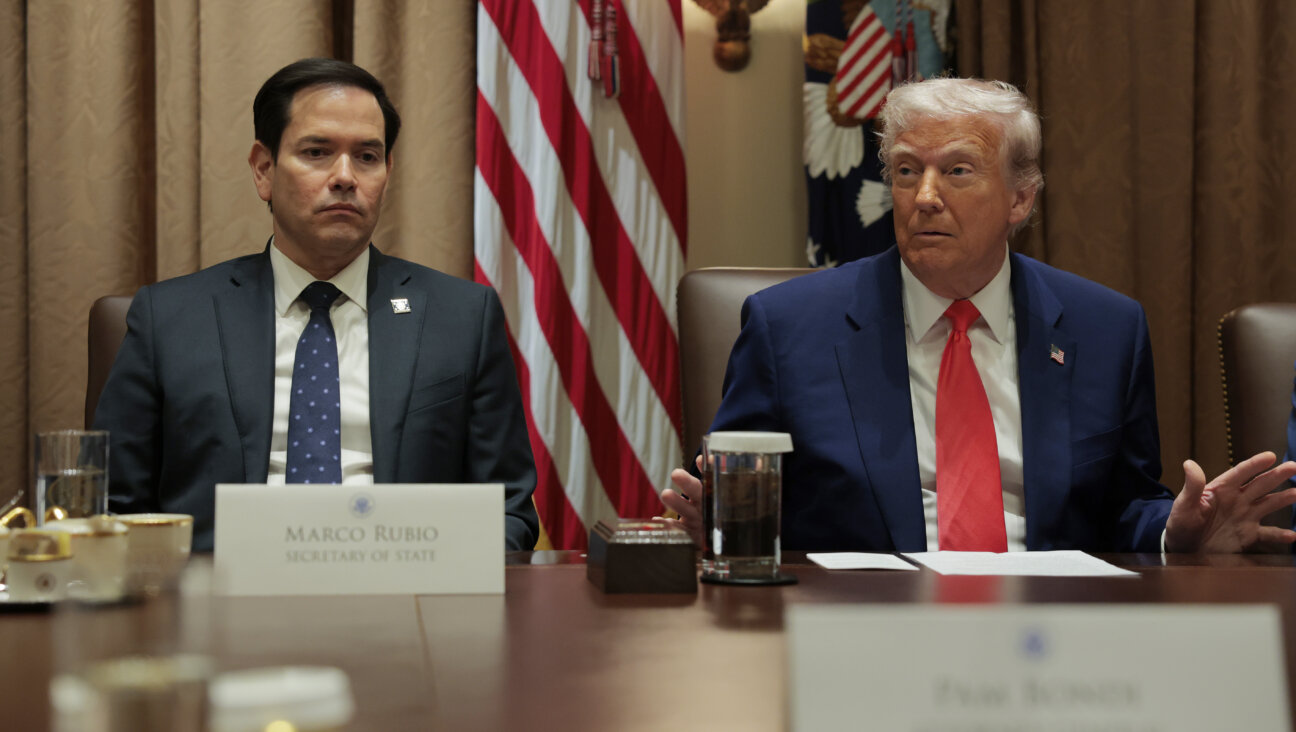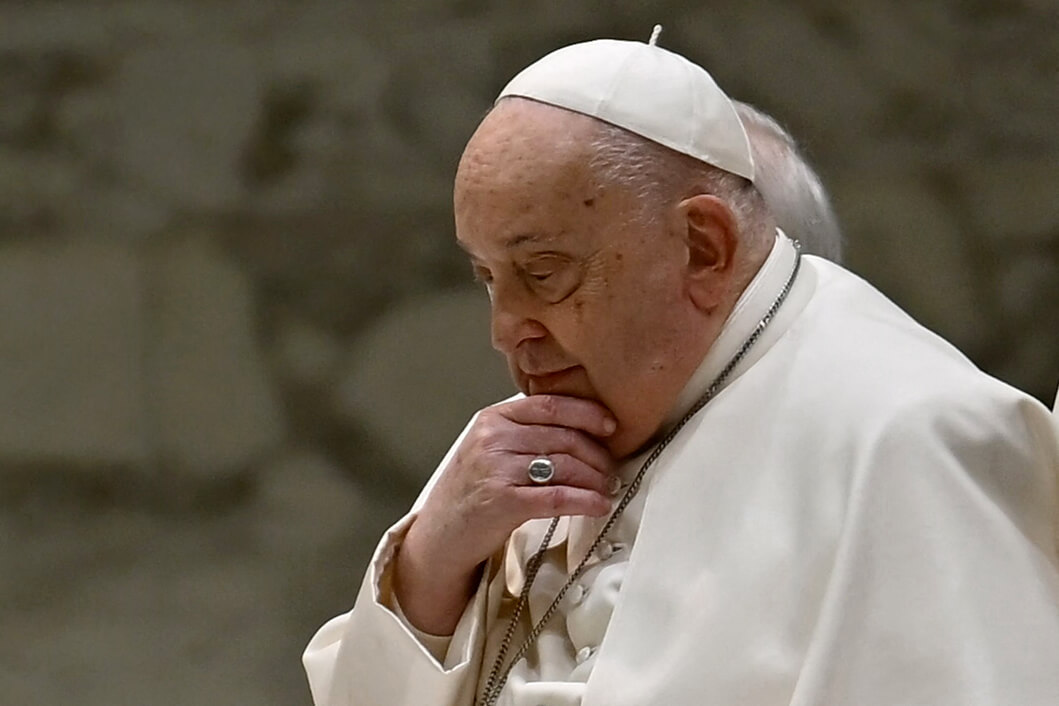Taking Generosity to a Higher Level
On September 11, 2001, Julie Salamon threw her sense of altruism aside, gathered up her children and sought out a safe place to hide in her East Side apartment.
For Salamon, a lifelong do-gooder, her human instinct came as a complete surprise. Her sense of shame grew even stronger as she watched her husband’s earnest, but futile, attempts to give blood and volunteer at Ground Zero.
In time, however, the New York Times culture writer found her own way to respond, and her journey is documented in her new book, “Rambam’s Ladder: A Meditation on Generosity and Why It Is Necessary to Give” (Workman Publishing).
“This was a book that came out of a shock to my nervous system,” said Salamon, the daughter of Holocaust survivors. “Like many people, those attacks [on September 11] caused a reassessment of what I believe and who I am.”
In her book, she recounts how a number of New Yorkers were similarly inspired by the September 11 attacks. They include: Paolo Alavian, an Iranian-born restaurant owner, who prior to the attacks avoided charitable works, but suddenly found himself organizing a benefit for the families of victims; John Rosenwald, a former vice chairman of Bear Stearns, who turned a tragedy into an opportunity, convincing his fellow Wall Street workers to fund a major renovation of the New York University Downtown emergency room, and a group of homeless New Yorkers, who defied expectations on that fateful day by handing out food and drinks to folks fleeing the falling towers.
But the most compelling story Salamon shares with her readers belongs to Rabbi Moses ben Maimon, a 12th-century physician and philosopher, who developed a theory about charity that the author dubs “Rambam’s ladder,” using the familiar acronym for Maimonides’s name. In Maimonides’s philosophical exposition, the rungs on the ladder stretch from the reluctant donor at the bottom to the one who teaches a poor person to become self-sufficient at the top.
“I’ve probably known about [the ladder] for a long time,” said Salamon, who was reminded of the passage in the Mishna Torah by a friend early on in her research for the project. “It is one of the few places where Maimonides is fairly succinct. It seemed to me a good organizing principle, not so much in writing the book, but in thinking about it.”
Eventually, as Salamon interviewed employees of charities and foundations and gathered data on charitable giving from social scientists, she realized that Rambam’s ladder would be a good structure for her readers as well.
“The goal wasn’t to grade people,” said Salamon, a Reform Jew who belongs to Village Temple in Manhattan. “This is not the point at all. I think in Maimonides’s original ladder the goal was to think of different aspects of giving. We all go up and down the ladder.”
To drive home this point, the author wove her own experiences with David, a local homeless man, into the narrative of the book. She recounts how her experiences with David vary, based on her mood and his own roller-coaster circumstances. “How quickly the ladder can turn into a slide?” she laments at a low point in their relationship.
Despite her own self-criticism, not everyone included in the book was pleased with which chapter they ended up in. One person who was disappointed, Salamon said, was Chip Raymond, president of the Citigroup Foundation, who oversees philanthropy at Citigroup, a major New York bank.
“I was trying to make the point that corporate giving could be seen as reluctant giving,” Salamon said, suggesting ulterior motives like public relations and the Community Reinvestment Act, a federal law that compels banks to help the neighborhoods they serve. “It was really to look at the various motivations for corporate giving, and I think Mr. Raymond took it as an out-and-out criticism, which it wasn’t supposed to be.”
Nevertheless, there are many important questions about charitable giving raised by Salamon’s exploration of Maimonides and contemporary American culture. What are the impulses that drive us to give charity? Why do some of us give more than others? What is the impact of the dollars we give? Who needs our help the most? What is the best way we can help someone in need?
Salamon hopes that by raising these questions, and offering some answers through the teachings of Maimonides, she can inspire her readers to recognize the myriad of opportunities to help that are out there.
“Goodness can’t be willed into being,” Salamon notes toward the conclusion of her book. “But it can be instilled — not by forcing employees to give, or by promising children better grades if they do good deeds, or by spending too much time analyzing whether the tithe should be taken before or after taxes. But simply by opening your eyes.”
Brian Mono is a former special projects editor at the Philadelphia Exponent.
The Forward is free to read, but it isn’t free to produce

I hope you appreciated this article. Before you go, I’d like to ask you to please support the Forward.
Now more than ever, American Jews need independent news they can trust, with reporting driven by truth, not ideology. We serve you, not any ideological agenda.
At a time when other newsrooms are closing or cutting back, the Forward has removed its paywall and invested additional resources to report on the ground from Israel and around the U.S. on the impact of the war, rising antisemitism and polarized discourse.
This is a great time to support independent Jewish journalism you rely on. Make a gift today!
— Rachel Fishman Feddersen, Publisher and CEO
Support our mission to tell the Jewish story fully and fairly.
Most Popular
- 1

Opinion The dangerous Nazi legend behind Trump’s ruthless grab for power
- 2
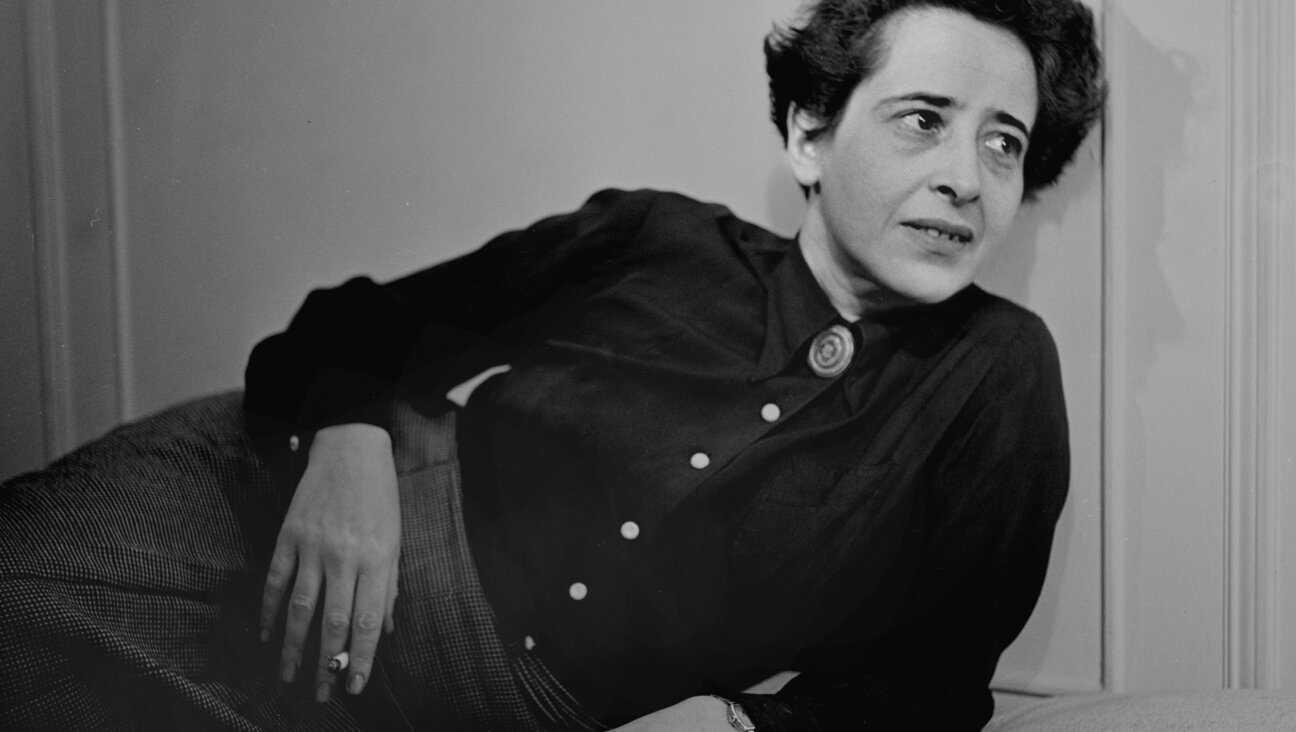
Culture Trump wants to honor Hannah Arendt in a ‘Garden of American Heroes.’ Is this a joke?
- 3
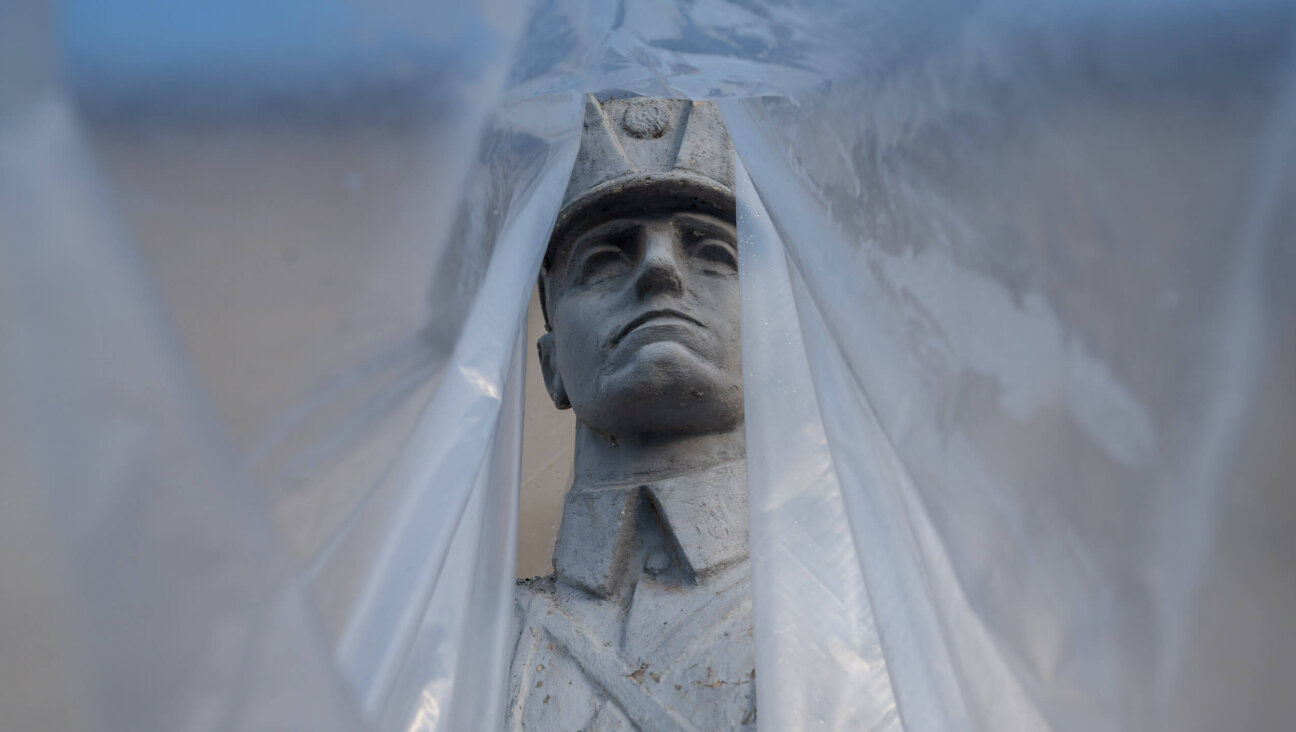
Opinion A Holocaust perpetrator was just celebrated on US soil. I think I know why no one objected.
- 4
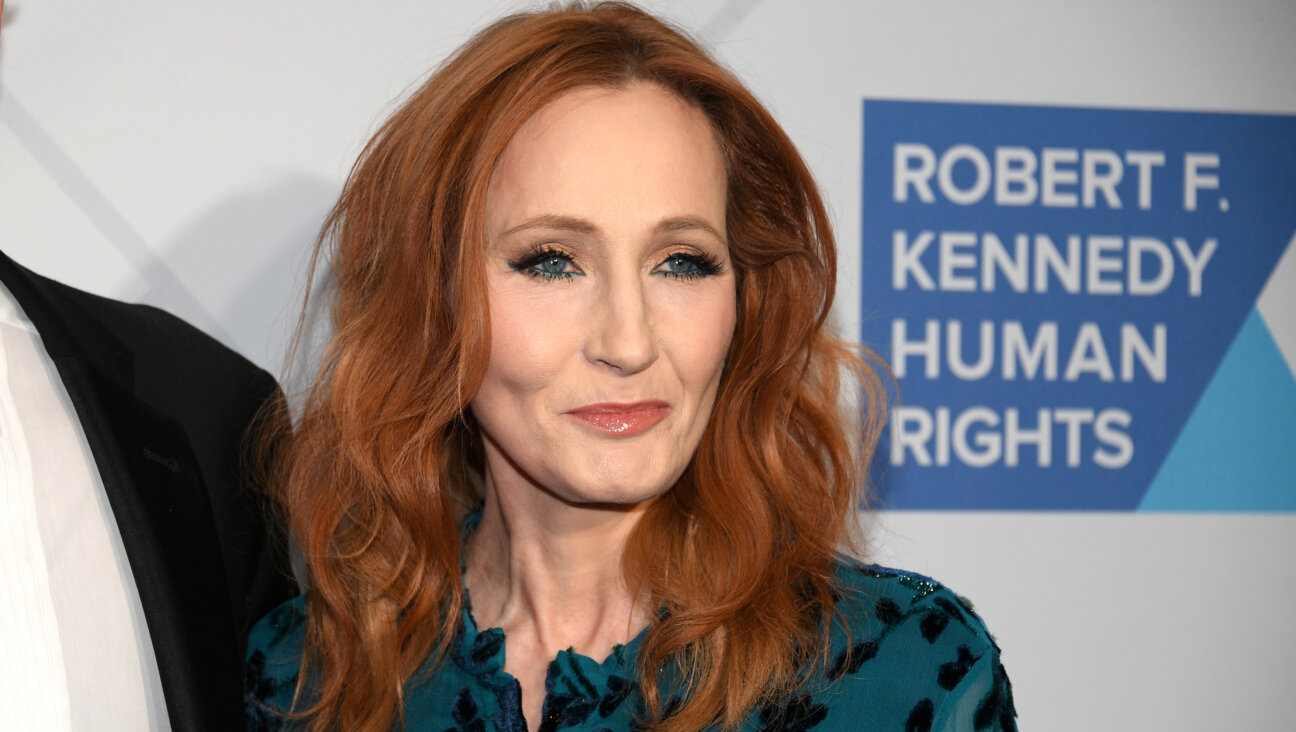
Culture Did this Jewish literary titan have the right idea about Harry Potter and J.K. Rowling after all?
In Case You Missed It
-
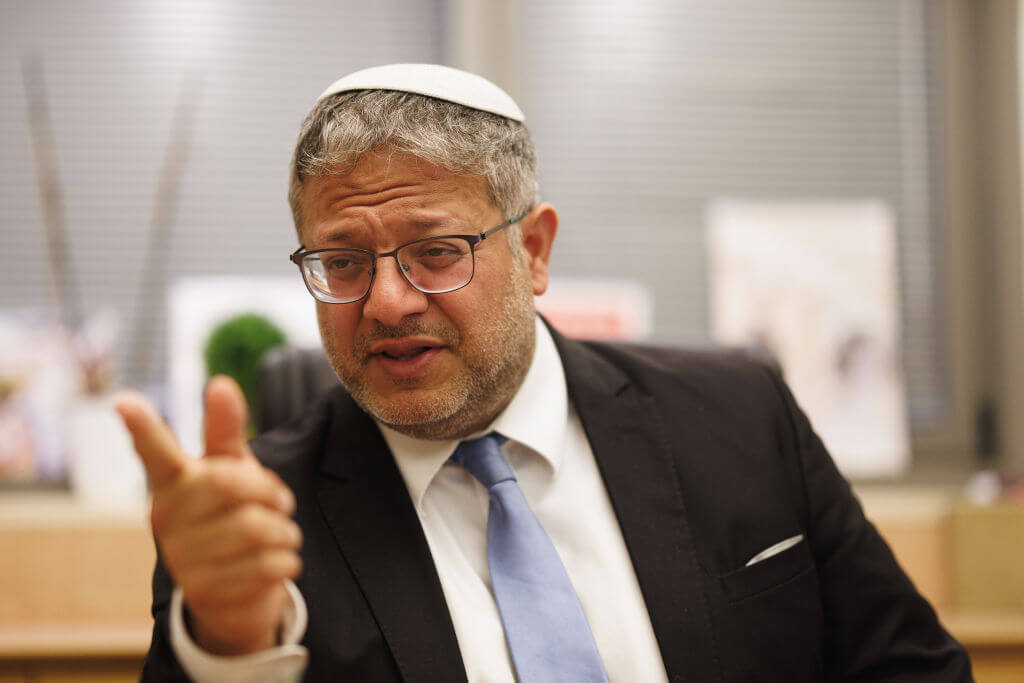
Fast Forward Protesters clash in Crown Heights as Ben-Gvir visits Chabad headquarters
-

Yiddish ווידעאָ: היסטאָריקער שמואל קאַסאָוו דערציילט מעשׂיות פֿון זײַן משפּחה־געשיכטעVIDEO: Historian Samuel Kassow shares stories about his family history
דער ווידעאָ איז טשיקאַווע סײַ פֿאַרן אינהאַלט סײַ פֿאַר קאַסאָווס נאַטירלעכן ליטוויש־ייִדיש
-

Culture I have seen the future of America — in a pastrami sandwich in Queens
-

Culture Trump wants to honor Hannah Arendt in a ‘Garden of American Heroes.’ Is this a joke?
-
Shop the Forward Store
100% of profits support our journalism
Republish This Story
Please read before republishing
We’re happy to make this story available to republish for free, unless it originated with JTA, Haaretz or another publication (as indicated on the article) and as long as you follow our guidelines.
You must comply with the following:
- Credit the Forward
- Retain our pixel
- Preserve our canonical link in Google search
- Add a noindex tag in Google search
See our full guidelines for more information, and this guide for detail about canonical URLs.
To republish, copy the HTML by clicking on the yellow button to the right; it includes our tracking pixel, all paragraph styles and hyperlinks, the author byline and credit to the Forward. It does not include images; to avoid copyright violations, you must add them manually, following our guidelines. Please email us at [email protected], subject line “republish,” with any questions or to let us know what stories you’re picking up.







